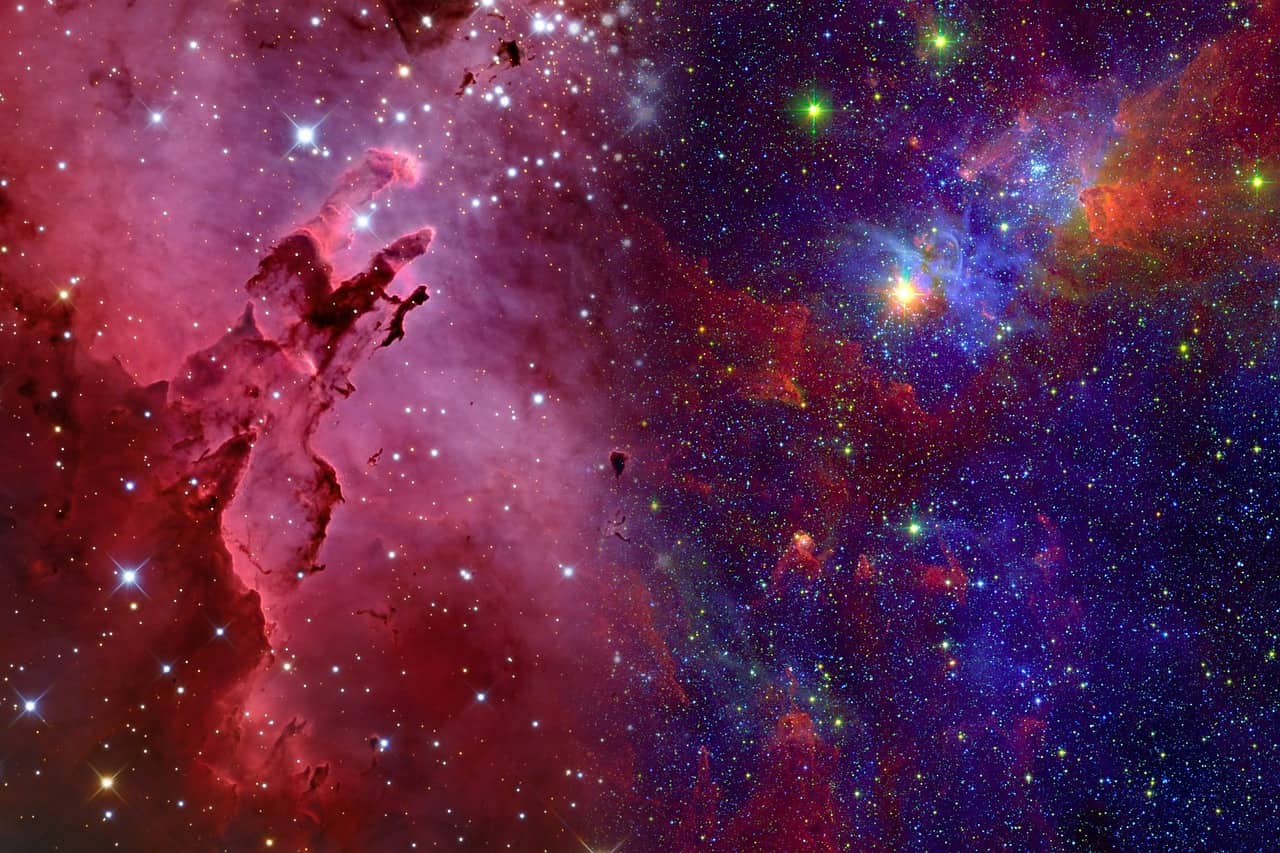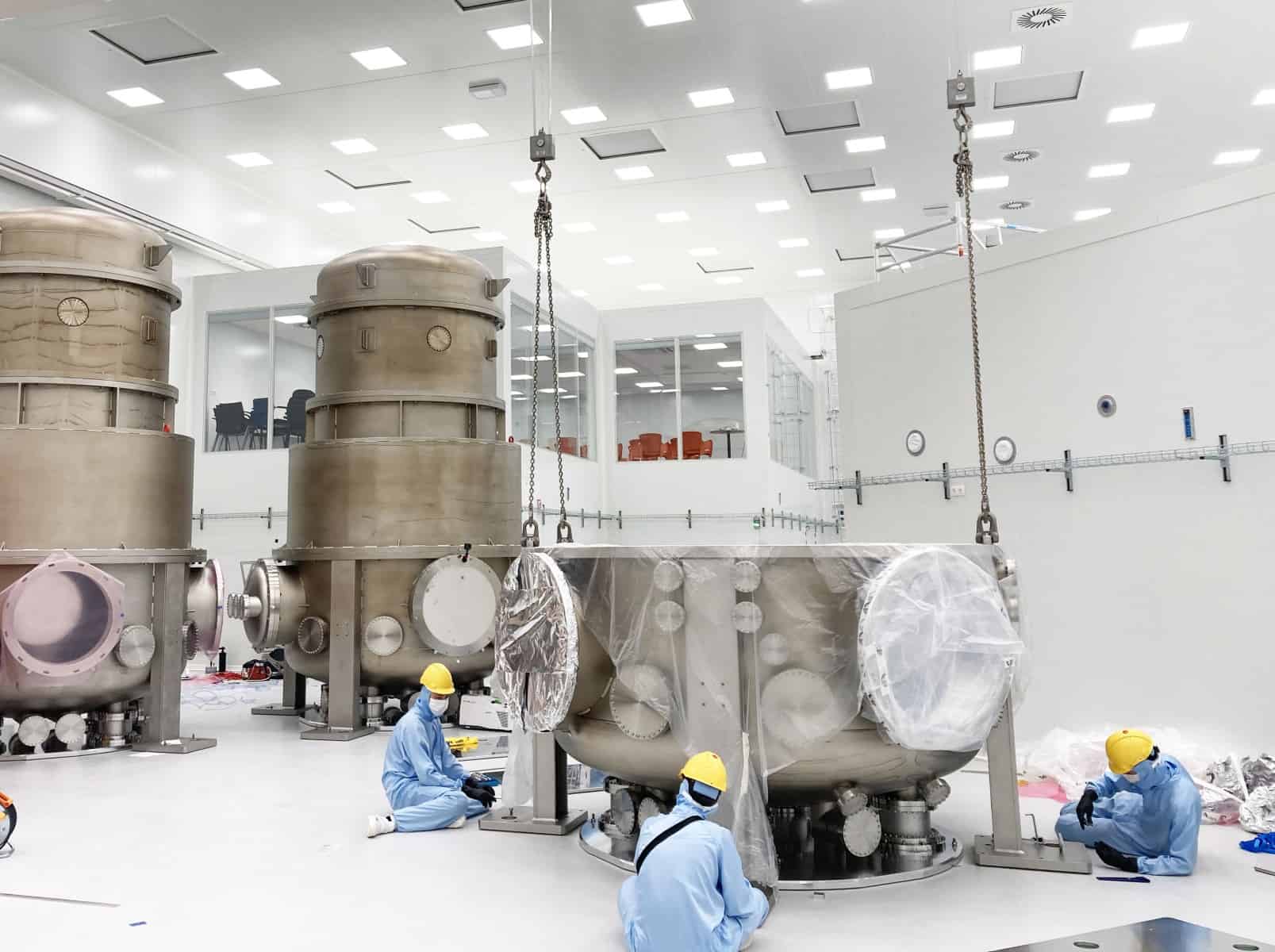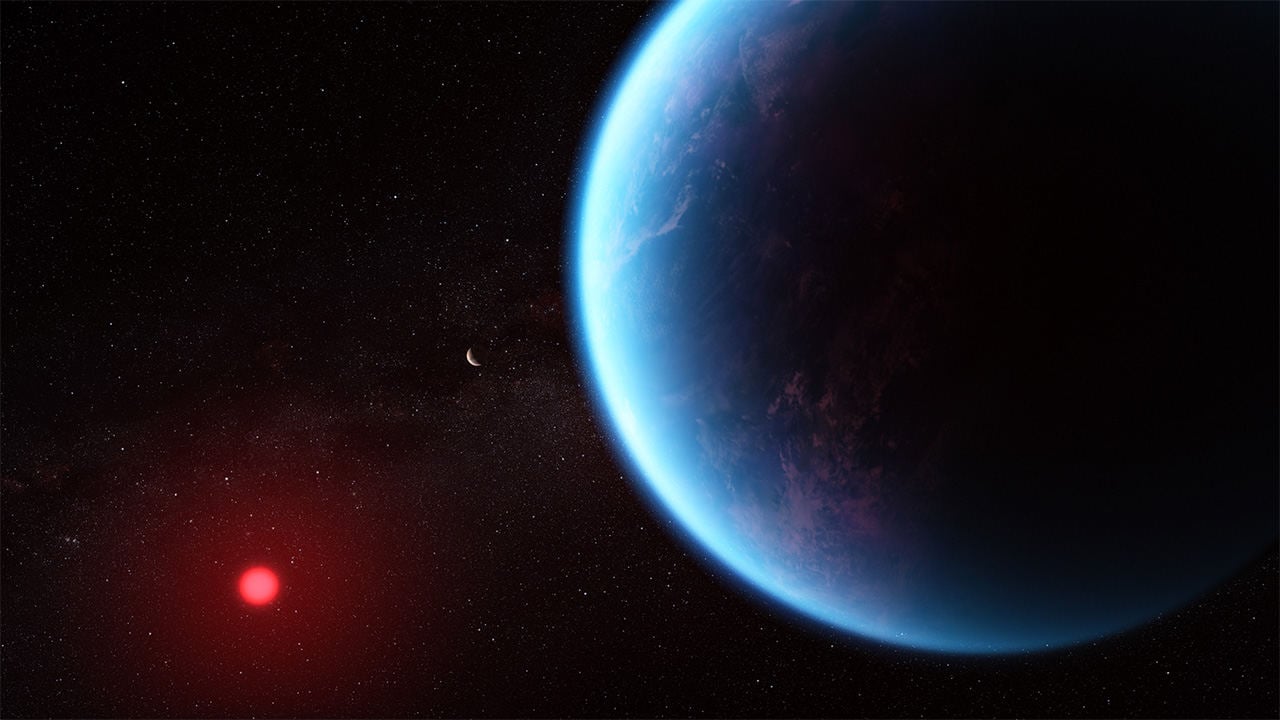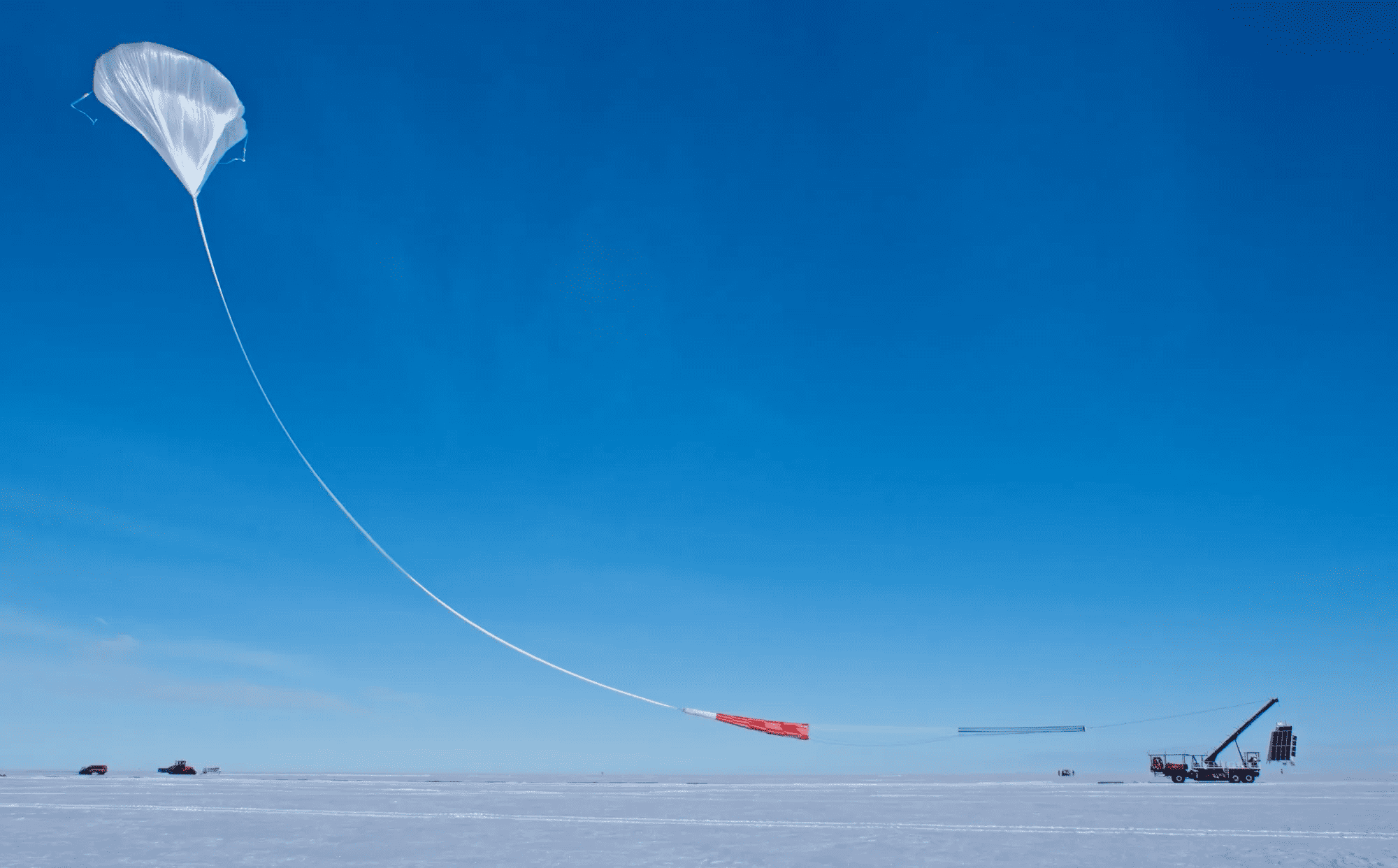
NASA’s GUSTO balloon mission broke previous flight duration records with a 57-day stratospheric sojourn. Launched from the icy expanses of Antarctica, the mission has successfully conducted the first comprehensive survey of cosmic elements in interstellar space, with significant contributions from Dutch researchers.
Why this is important
International collaborations can add value to the Dutch innovation and research ecosystem, which, in turn, can provide valuable knowledge and talent.
The GUSTO mission, which stands for the Galactic/Extragalactic ULDB Spectroscopic Terahertz Observatory, has been a momentous endeavor in astrophysics. The balloon-borne observatory’s mission of mapping key elements in space between stars was a NASA-led mission and a clear demonstration of international collaboration. Notably, the Netherlands played a significant role in this scientific achievement.
SRON (the Dutch Institute for Space Research) and the Delft University of Technology (TU Delft) provided three 8-pixel cameras essential for the observatory’s far-infrared surveys. These cameras were integral to the mission’s primary objective: to conduct the first large-scale survey of nitrogen, carbon, and oxygen in the interstellar medium. The Dutch contribution was a testament to the nation’s expertise and commitment to advancing space science and technology.
Navigating the stratosphere
For a mission like GUSTO, the launch conditions were critical. The Antarctic environment provided a unique set of challenges and opportunities. Calm winds and the presence of a stratospheric polar vortex were necessary for the launch, dictating that operations could only proceed under very specific conditions. These included winds not exceeding 10 km/h and wind direction consistency from ground level up to 300 meters altitude.
The mission’s termination, planned after 55 days, was designed to result in the balloon descending either into the ocean or onto the land masses of Australia or Antarctica. The latter stages of the mission required as much precision and careful planning as the initial launch, ensuring a safe and controlled conclusion to GUSTO’s record-breaking journey.
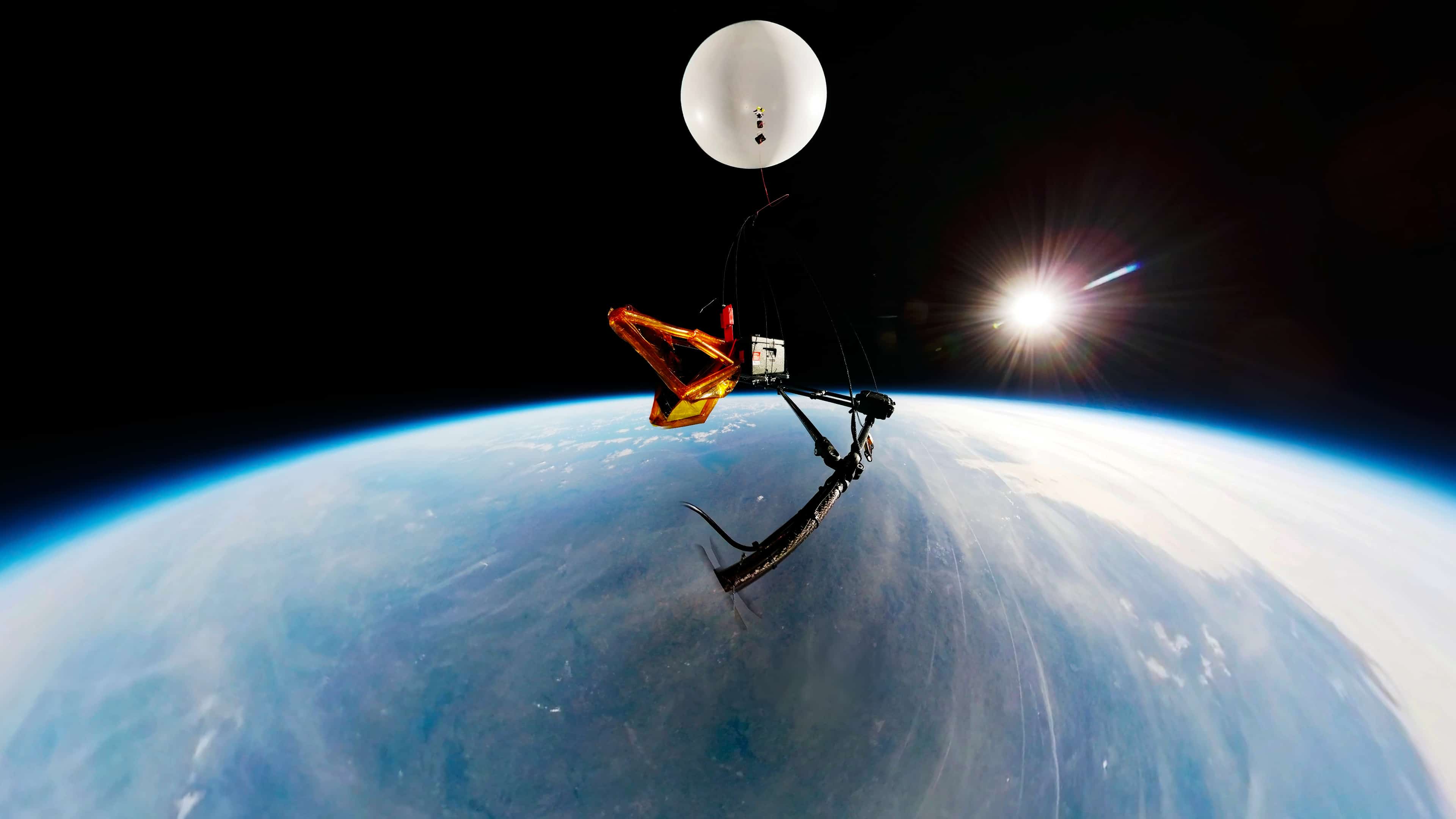
Mission outcomes and prospects
Throughout its 57-day mission, GUSTO circled the Antarctic continent at an altitude of approximately 36 km, a vantage point that provided invaluable data on the interstellar medium. By mapping the emission lines of ionized nitrogen, carbon, and oxygen, GUSTO has contributed significantly to our understanding of the life cycle of interstellar gas and the formation and destruction of star-forming clouds.
The success of the GUSTO mission represents a milestone not only in balloon flight duration but also in the scope of astronomical research. According to principal investigator Christopher Walker, the data gathered will assist scientists in unraveling the complexities of the interstellar medium. The mission’s spectral and spatial resolution information is expected to map out large sections of the Milky Way and the nearby Large Magellanic Cloud with unprecedented detail.
Cost-effective exploration at the edge of space
One of the key advantages of missions like GUSTO is their cost-effectiveness compared to conventional satellite missions. NASA’s Long Duration Balloon program is designed to give researchers frequent opportunities to fly state-of-the-art payloads at the edge of space. This approach allows for groundbreaking observations of the cosmos at a fraction of the cost and with a quicker turnaround time.
The balloon program, managed by NASA’s Wallops Flight Facility in Virginia, oversees 10 to 15 flights yearly from various global launch sites. Investing in these scientific balloon flights is part of NASA’s broader commitment to astrophysical research, funded by the Science Mission Directorate’s Astrophysics Division.

Broader impacts of GUSTO’s journey
The GUSTO mission’s success has far-reaching implications, not just for the scientific community but also for space exploration. By setting a new endurance record, the mission has demonstrated the viability and potential of long-duration balloon flights for conducting complex and lengthy scientific observations. This could pave the way for future missions that leverage similar technology to further our understanding of the universe.
The Explorers Program, under which GUSTO falls, has a long and storied history of providing low-cost access to space. Since its inception in 1958, the program has launched over 90 missions, including the historic Explorer 1 and the Cosmic Background Explorer, which led to a Nobel Prize. GUSTO’s achievement continues this legacy of innovation and discovery, reinforcing the program’s status as a cornerstone of NASA’s scientific endeavors.



